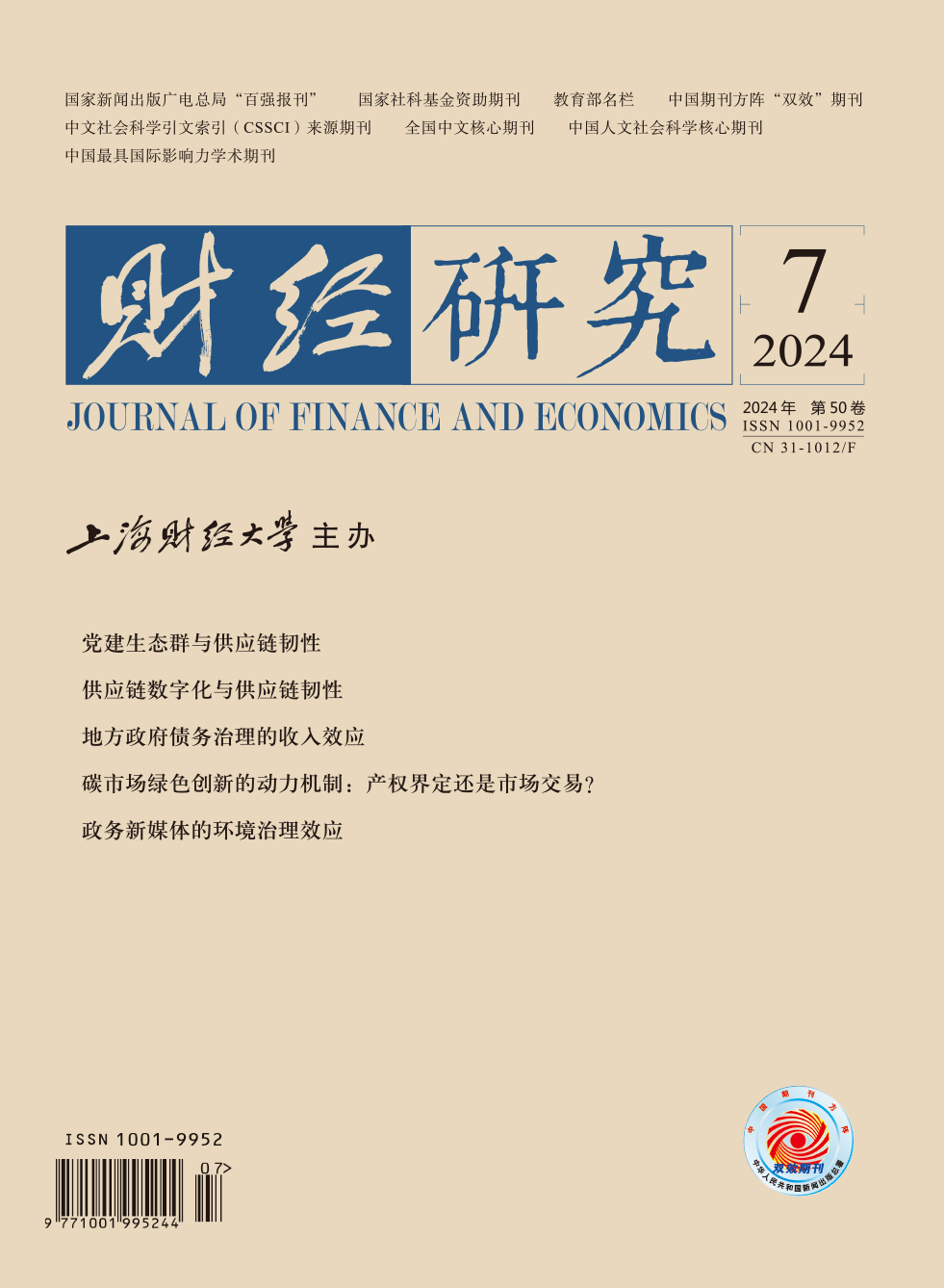The refinancing system reform aims to alleviate financing constraints and improve the capital market supervision system through the financial supply-side reform, but its implementation effect needs to be further explored. Whether the implementation of new refinancing regulations can inhibit the leverage manipulation behavior of listed companies, so as to reduce the financial risks of micro enterprises and prevent the systemic financial risks at the macro level is not only an important question that needs to be answered in deepening the financial supply-side reform in China, but also the key to measuring the effectiveness of the refinancing system reform.
Taking GEM listed companies from 2017 to 2022 as the experimental group, this paper empirically examines the governance effect of new refinancing regulations on corporate leverage manipulation. It is found that new refinancing regulations can reduce the leverage manipulation degree of GEM listed companies. Mechanism testing finds that new refinancing regulations mainly restrain the leverage manipulation behavior of enterprises by easing financing constraints and strengthening external supervision. Heterogeneity analysis shows that new refinancing regulations have a stronger inhibition effect on corporate leverage manipulation in the form of “nominal equity but actual debt”, and the governance effect on corporate leverage manipulation is better in regions with a higher legalization level, a lower financial marketization level, and greater media attention pressure.
This paper has the following marginal contributions: First, it enriches the literature on the relationship between the securities regulation system reform and the quality of corporate information disclosure, and provides new empirical evidence for a reasonable evaluation of the implementation effect of new refinancing regulations. Second, it not only adds direct evidence for investors to understand the motivations of corporate leverage manipulation, but also provides new insights into how the government regulate corporate debt information disclosure. Third, it identifies the exogenous conditions that are conducive to better playing the role of policies, and provides decision-making references for policy-makers and other stakeholders.





 4887
4887  5453
5453

